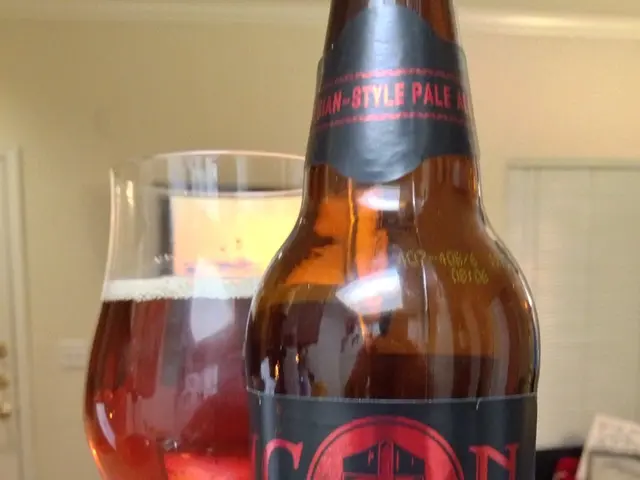Streamlining your Logistics Bottlenecks: A Solution!
Stuck in a Traffic Jam in Your Supply Chain?
Some years back,it was hectic at the Distribution Centre during a holiday season.The sheer volume of goods overwhelmed us.We ran out of space on the docks and still had trucks arriving.It was a gridlock,with just enough movement to keep us from grinding to a complete stop.
Consider your Supply Chain as several interconnected roadways, filled with goods moving from point A to B. As your business grows,more and more of these goods make their way through your roads,causing congestion if not managed properly.
The Traffic Jam Supply Chain Model
This congestion is similar to a traffic jam on a highway.Each operation or distribution center represents a "highway."Each product moving along these highways is like a vehicle on the road.As more vehicles take to the roadways,they can cause severe traffic jams,hindering the flow of goods and slowing down your company.
Preventing Gridlock in Your Supply Chain
Add More Roads
With better planning,resources,and need,you can expand your distribution centers,add suppliers closer to customers,or source products from multiple suppliers,all resulting in additional roadways.
Widen Your Existing Roads
You can also add more capacity to your current facilities,either by increasing equipment,staffing,or renting additional storage space.
Avoid Potholes
Optimize your operations to reduce inefficiencies,eliminate waste,and streamline product flow through your facilities.
Prepare for Emergencies
Have contingency plans in place to deal with any disruptions or failures quickly.This can help prevent traffic jams and minimize downtime.
Managing Vehicles
Each product moving through your Supply Chain is a "vehicle."As your business grows,more vehicles enter your roadways.This increased congestion can lead to bottlenecks and delays.To manage this traffic,use technology to monitor vehicle flow,optimize delivery schedules,and quickly identify and address issues.
- End-to-end Visibility: Implement an integrated order management system,transportation management system,shop floor control system,and warehouse management system for better visibility of your vehicle flow.
- Scheduling: By coordinating the timing of when and where vehicles enter your roadways,you can optimize traffic flow and reduce congestion.
- Breakdowns: Quickly address any vehicle breakdowns to minimize delays and clear roads for smooth traffic flow.
- Peak Season Management: Implement strategies like Just-In-Time delivery or Line Balancing/Scheduling to manage traffic during high-demand periods like Black Friday/Cyber Monday.
Efficient Traffic Flow - Key to Supply Chain Success
Managing gridlock in your Supply Chain is crucial for business success.It's all about proactively planning and efficiently managing resources to reduce downtime,minimize disruptions and deliver on customer expectations.By taking these steps,you can keep your Supply Chain moving smoothly,regardless of the challenges that come your way.
In the supply chain industry, freight forwarding and logistics play significant roles in traffic management, similar to a traffic control system. They aim to ensure smooth transportation and distribution of goods from suppliers to customers, acting as the coordinators among various vehicles moving along the roadways of business.
Proper finance and business strategies are essential for preventing gridlock, especially during peak seasons when demand increases. This might involve increasing financial resources for expanding distribution centers, hiring additional staff, or renting more storage space – all of which can be likened to widening roads for improved traffic flow.
Embracing technology is also crucial in managing vehicles in the supply chain, similar to devices that monitor traffic on highways. Implementing integrated order management systems, transportation management systems, shop floor control systems, and warehouse management systems helps achieve end-to-end visibility and optimize delivery schedules, reducing bottlenecks and allowing for efficient traffic flow.





